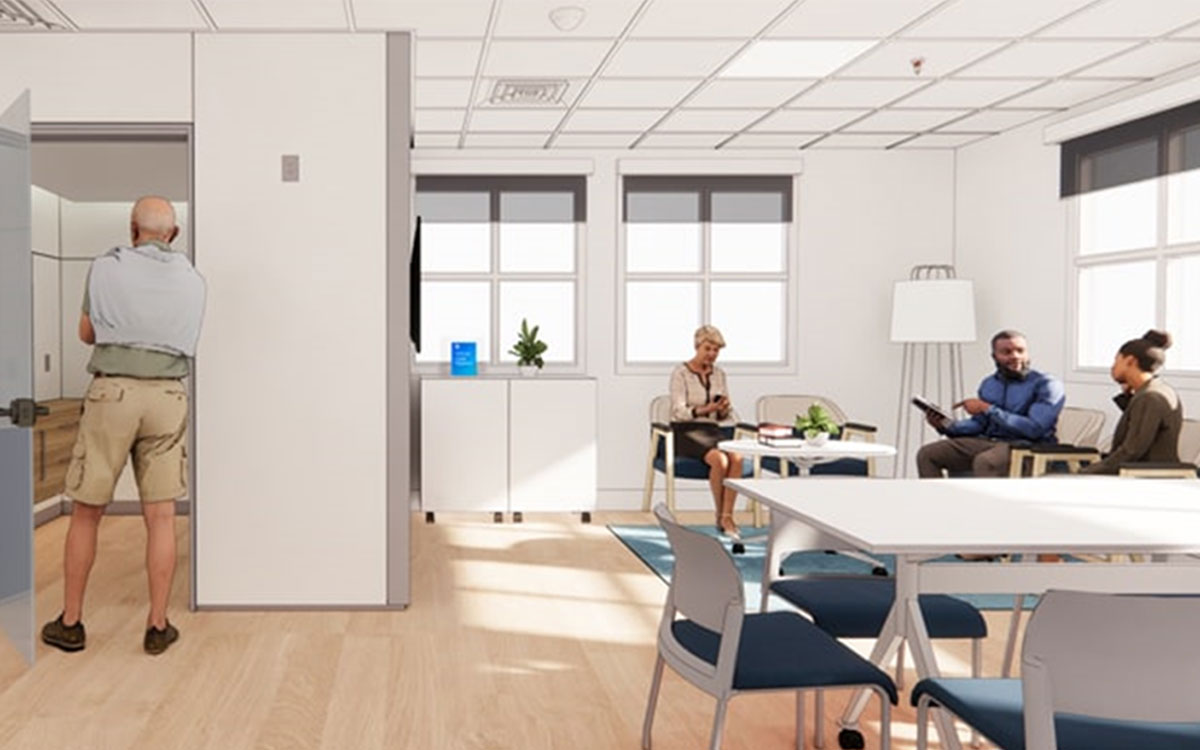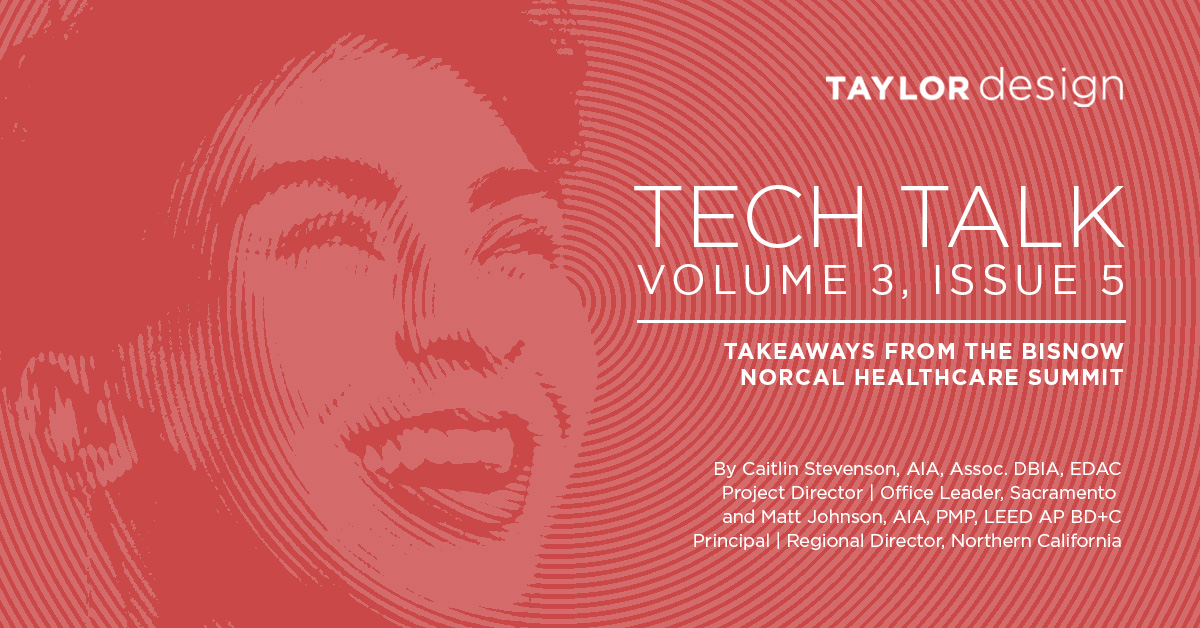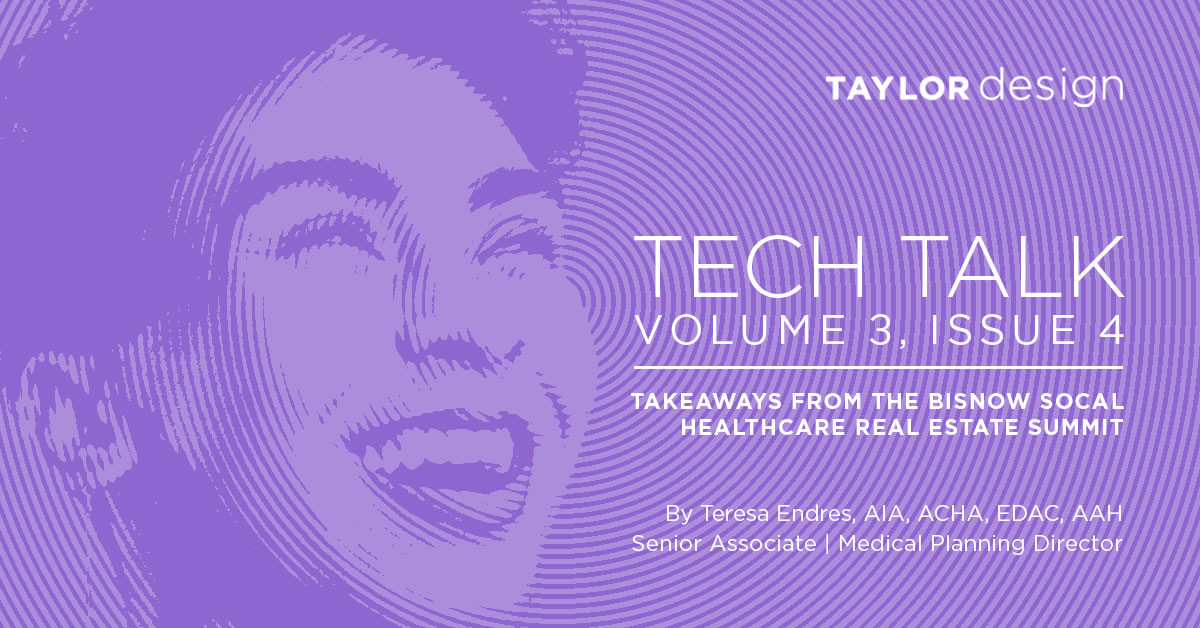Is Telehealth Finally Mainstream?
By Simon Thomas and Teresa Endres
After more than a century of development, telehealth has become a standard alternative for many types of care.
The history of telehealth can be traced back to the first forms of electronic communication. In 1879, three years after the invention of the telephone, a report in The Lancet described a call during which a physician diagnosed croup by listening to the baby’s cough through the phone. In the early 1900’s local health organizations and academia used radio wave technology to transfer clinical information quickly between sites, and in the late 1950’s, NASA developed remote health performance monitoring during the Mercury space program. However, while the technology supporting telehealth grew exponentially over the years, its use largely remained in the realm of futurists.
The global Covid-19 pandemic finally aligned the need for physical distancing with the strength of available technologies to support the widespread growth of telehealth. With an increasing number of people becoming familiar with video interfaces like Skype and FaceTime, the shift from family meetings to physician consultations was an easy one to make.
As a result, telehealth has secured its place as a standard care offering across a significant portion of the general public, governments, insurance companies, and major healthcare providers.
Future growth and challenges for telehealth
In a February 2022 report titled “Digital Reshaping of the Health Care Ecosystem,” Bloomberg Intelligence reports that the U.S. telehealth sector could reach $20 billion in revenue by 2027. Telehealth “will become an increasingly established type of medical care for the healthcare industry over the next decade,” says Bloomberg. “Rising costs, value-based health care, more consumerization, and the pandemic are key catalysts creating demand for more digital solutions in the industry.”
Reinforcing this viewpoint, a recent client survey by Taylor Design found that healthcare executives and facility management professionals identify telehealth as a growing and lasting trend. Consequently, many healthcare clients are re-evaluating their existing space utilization, considering a variety of approaches to new and remodeled physical space in support of telehealth programs, and adjusting capital expenditure plans to accommodate the physical and technological demands of a robust telehealth program.
A July 2021 report by McKinsey, “Telehealth: A quarter-trillion-dollar post-COVID-19 reality?”, agrees that telehealth is likely here to stay. While it found that the massive spike in telehealth usage during the earliest days of Covid subsided somewhat over time, its use remained significantly elevated when compared with pre-pandemic levels. According to McKinsey, the percentage of outpatient visits shifting to virtual encounters initially rose to 32%, then stabilized at 13-17%.
“Early in the COVID-19 pandemic, telehealth usage surged, enabled by three factors: 1) increased consumer willingness to use telehealth; 2) increased provider willingness to use telehealth; 3) regulatory changes enabling greater access and reimbursement.” McKinsey adds that telehealth “now offers a chance to reinvent virtual and hybrid virtual/in-person care models, with a goal of improved healthcare access, outcomes, and affordability.”
Notably, while more “hands-on” specialties like orthopedics saw telehealth usage fall below the stabilized rate, remote visits for behavioral health services remained elevated. The National Alliance on Mental Illness (NAMI) supports the use of telehealth for behavioral healthcare treatment, noting that more than half of U.S. counties have no psychiatrists. Even in areas that have providers, there are rarely enough to meet the need.
Read the full article here: Building Design+Construction
After more than a century of development, telehealth has become a standard alternative for many types of care.
The history of telehealth can be traced back to the first forms of electronic communication. In 1879, three years after the invention of the telephone, a report in The Lancet described a call during which a physician diagnosed croup by listening to the baby’s cough through the phone. In the early 1900’s local health organizations and academia used radio wave technology to transfer clinical information quickly between sites, and in the late 1950’s, NASA developed remote health performance monitoring during the Mercury space program. However, while the technology supporting telehealth grew exponentially over the years, its use largely remained in the realm of futurists.
The global Covid-19 pandemic finally aligned the need for physical distancing with the strength of available technologies to support the widespread growth of telehealth. With an increasing number of people becoming familiar with video interfaces like Skype and FaceTime, the shift from family meetings to physician consultations was an easy one to make.
As a result, telehealth has secured its place as a standard care offering across a significant portion of the general public, governments, insurance companies, and major healthcare providers.
Future growth and challenges for telehealth
In a February 2022 report titled “Digital Reshaping of the Health Care Ecosystem,” Bloomberg Intelligence reports that the U.S. telehealth sector could reach $20 billion in revenue by 2027. Telehealth “will become an increasingly established type of medical care for the healthcare industry over the next decade,” says Bloomberg. “Rising costs, value-based health care, more consumerization, and the pandemic are key catalysts creating demand for more digital solutions in the industry.”
Reinforcing this viewpoint, a recent client survey by Taylor Design found that healthcare executives and facility management professionals identify telehealth as a growing and lasting trend. Consequently, many healthcare clients are re-evaluating their existing space utilization, considering a variety of approaches to new and remodeled physical space in support of telehealth programs, and adjusting capital expenditure plans to accommodate the physical and technological demands of a robust telehealth program.
A July 2021 report by McKinsey, “Telehealth: A quarter-trillion-dollar post-COVID-19 reality?”, agrees that telehealth is likely here to stay. While it found that the massive spike in telehealth usage during the earliest days of Covid subsided somewhat over time, its use remained significantly elevated when compared with pre-pandemic levels. According to McKinsey, the percentage of outpatient visits shifting to virtual encounters initially rose to 32%, then stabilized at 13-17%.
“Early in the COVID-19 pandemic, telehealth usage surged, enabled by three factors: 1) increased consumer willingness to use telehealth; 2) increased provider willingness to use telehealth; 3) regulatory changes enabling greater access and reimbursement.” McKinsey adds that telehealth “now offers a chance to reinvent virtual and hybrid virtual/in-person care models, with a goal of improved healthcare access, outcomes, and affordability.”
Notably, while more “hands-on” specialties like orthopedics saw telehealth usage fall below the stabilized rate, remote visits for behavioral health services remained elevated. The National Alliance on Mental Illness (NAMI) supports the use of telehealth for behavioral healthcare treatment, noting that more than half of U.S. counties have no psychiatrists. Even in areas that have providers, there are rarely enough to meet the need.
Read the full article here: Building Design+Construction





